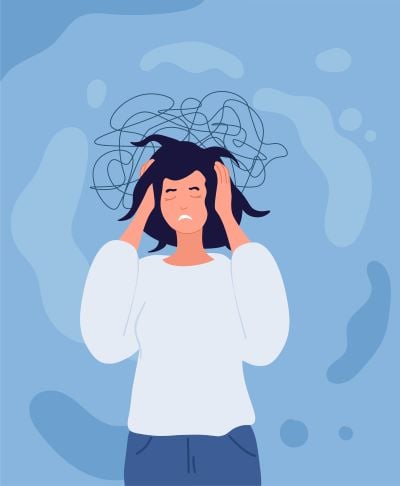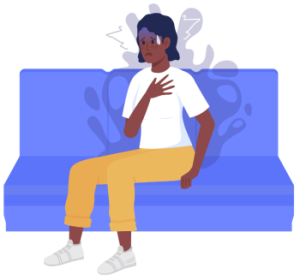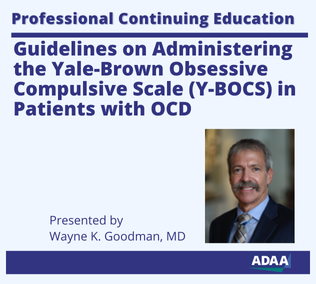Understanding the Difference: Harm-Related Intrusive Thoughts and Wanting to Hurt Someone
Understanding the Difference: Harm-Related Intrusive Thoughts and Wanting to Hurt Someone

In our daily lives, it is common to experience a wide range of thoughts and emotions. They can be fleeting, passing through our minds without much attention; However, there are moments when certain thoughts provoke concern or confusion. Two such types of thoughts that can be perplexing are harm-related intrusive thoughts and wanting to hurt someone. While they may sound similar, it is essential to understand that there are fundamental differences between them.
Harm-related intrusive thoughts are a type of intrusive thought pattern that can disturb even the most well-intentioned individuals. They can emerge unexpectedly, causing excessive distress and anxiety. These intrusive thoughts (or images) involve envisioning causing harm to oneself, loved ones, or strangers, and often triggers fear, guilt, and a questioning of one’s morality. It is crucial to note that harm-related intrusive thoughts are not voluntary or intentional. They are generally recognized as a form of obsessive-compulsive disorder (OCD) sometimes called Harm OCD. These thoughts are often very upsetting and result in an intense need to neutralize them through compulsions. These compulsions may be mental or behavioral, such as seeking reassurance, ruminating, compulsively checking, or implementing avoidance strategies to alleviate the anxiety related to these intrusive thoughts. Individuals experiencing harm-related intrusive thoughts mistakenly believe that having these thoughts equates to a desire to act on them; However, this is far from the truth. These thoughts are often the opposite of one's true intentions and desires. They are simply unwelcome visitors within the mind, causing distress to the person harboring them.
On the other hand, wanting to hurt someone is entirely different from harm-related intrusive thoughts. This indicates an actual desire to cause harm to another person, either physically or emotionally. Unlike intrusive thoughts, wanting to hurt someone emerges from a place of intent and desire. Wanting to hurt someone can occur due to a variety of reasons. It may be fueled by anger, revenge, or a distorted sense of power. While it is important to emphasize that wanting to hurt someone is not a healthy thought pattern, it does not automatically guarantee that an individual will act on those thoughts.
While both Harm OCD and desire to harm someone involve thoughts relating to harm, distinct features can help differentiate between the two. Harm OCD is driven by overwhelming anxiety and fear caused by these unwanted thoughts. These thoughts are felt as intrusions that are incongruent with personal values and intentions and go against who we truly want to be and what we believe is right. Actual desire to cause harm to oneself or others may be accompanied by feelings of anger, hatred, or resentment towards specific individuals or groups. The thoughts might also result in positive emotions, a sense of satisfaction, and feeling as though these thoughts align with the individual’s belief system and values.
It is normal to feel a sense of worry about sharing intrusive thoughts even to a therapist, but it can be a significant step in managing these thoughts more effectively. Therapists are not scared or critical of an individual’s intrusive thoughts and understand that the content of someone’s intrusive thoughts are not equated with their values, desires, and beliefs.
This post is presented in collaboration with ADAA's OCD and Related Disorders SIG. Learn more about the SIG.





















